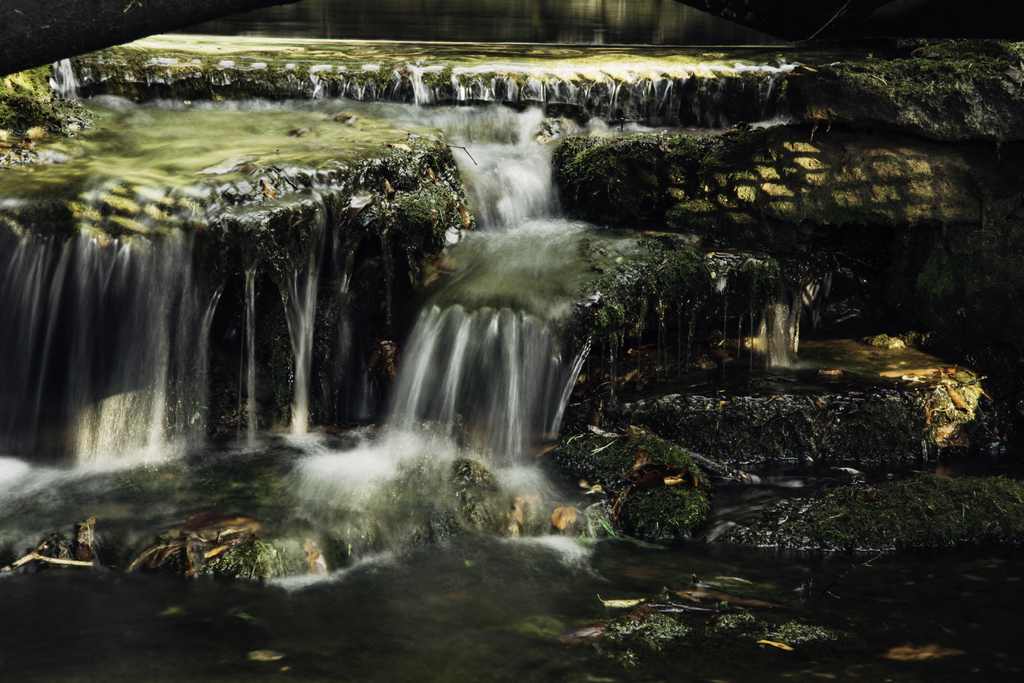It turns out water is a very complicated thing to talk about. At least when you’re talking to a chemist.
To a chemist water is an intricate and varied molecule that is both transformative and reflective. Water is a paradox in that it is the symbol of purity and yet is studded and laced with more minerals than a geology teacher’s rock collection. Water, it turns out, is pretty heavy stuff.
Before we get carried away downstream, let’s get to why we’re even talking about water and chemists to begin with.
For a supplier like Brown-Forman, water quality is of the upmost importance. It is water that gives Jack Daniel’s Tennessee Whiskey its trademark mineral chew, and Finlandia Vodka its crisp and clean, almost effervescent mouthfeel. For Brown-Forman, water is so essential to the success of its spirits that the company employs a fleet of chemists to make sure that the water they use makes the grade. Those chemists are also the ones who can best explain why it is so important to their high-quality spirits, and why the water’s source and composition really matters.
Introducing the Chemist
Jimmy Bookstore, VP, Global Director, Product Development & Innovation at Brown-Forman
“I manage several of the R&D teams here at Brown-Forman, including the analytical chemistry group, the development group, the process engineers and our microbiologists. I work on the development of all our liquid and the process for manufacturing those liquids.”
First Things First: There’s Pure Water, and Then There is Pure Water
When the average person thinks of pure water, images of it perfectly chilled and bottled in the refrigerated section of the grocery story probably come to mind. Or maybe a clear, sparkling babbly brook cutting down the side of a mountain. When an analytical chemist thinks of pure water, they’re thinking of the pure chemical compound, H20—or R.O. pure water.
“R.O. water stands for reverse osmosis,” said Bookstore. “This just means it’s water that's been filtered through a filter that is fine enough to remove essentially everything but water. The screen is so fine that it removes not only contaminants, but other metals and impurities in the water and you're left with pure water.”

R.O. Water is Not Used for Fermentation
At Brown-Forman this pure R.O. water is not used for fermentation, but instead it is used for cutting a spirit to its final proof. The reason being is that many of Brown-Forman’s whiskies are not chill filtered. This means that any minerals that might have been in the proofing water could eventually solidify over time, causing the whiskey to look cloudy and form a collection of sediment on the bottom of the bottle.
“That haze or cloudiness that sometimes appears in a bottle of whiskey is predominantly from minerals or compounds that are not soluble, which then fall out over time,” said Bookstore. “There's nothing harmful about it whatsoever, it’s just not visually appealing.”
The Earth is Like a Giant Brita Filter
Finlandia Vodka is unique in that the water used to produce the spirit is so clean that it does not need to be further processed. While water sources at other distilleries go though three to six levels of filtration, that’s not the case with Finlandia.
“Finlandia water is so clean that we do not have to treat it,” said Bookstore. “It's already pure to the point that we don't have to run it through reverse osmosis, we just get it in its natural state and that's the water that's added.”
What is it about Finlandia’s water source that make it so pure? Essentially, it’s the region’s earthen crust that does all the work.
“Finlandia’s water comes from a spring that's been naturally filtered through hundreds of feet of soil and rock and earth and sand and everything else. This is a much better filtration than you can do with a pump and pulling it through mechanical screens,” he added.
But What about Bourbon County?
While it is a common myth that Bourbon whiskey can only be made in Kentucky, there is a reason that a clear majority of bourbon distilleries are located within a 100-mile radius in that region of the U.S., including Brown-Forman’s Woodford Reserve and Old Forester distillery. Need a hint? It’s in the water.

“The limestone water found in Kentucky and Tennessee is ideal for making whiskey,” said Bookstore. “The limestone imbues certain properties into the water that imparts a very unique taste to whiskey.”
Unlike the R.O. water that is used for cutting and proofing the final spirit, the mineral rich limestone water is used throughout the cooking and fermentation process. Both Jack Daniel’s and Woodford Reserve use locally sourced limestone water, the only different being that Jack Daniel’s water is sourced from a nearby cave, while Woodford’s is harvested from the ground.
Do Chemists Believe Water has Terroir?
In the world of wine, terroir is a common industry term. Slowly, that concept of a sense of place is appearing in the spirits world as well. For wine, terroir is expressed through the soil and how its composition and mineral make up effects the flavors of the grapes grown there. So by using that logic, if a spirit’s flavor is impacted by the water used to produce it, then that means it too evokes terroir, correct?
“Absolutely,” said Bookstore. “I am a firm believer that a spirit’s water source imparts noticeable characteristics on the finished product. And I’m not the only one.”